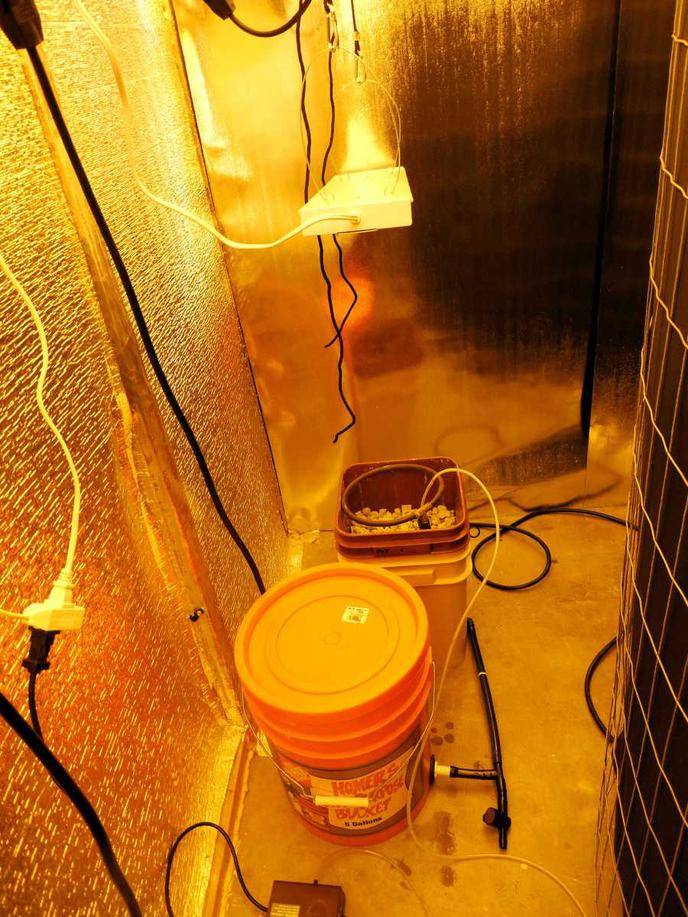mojave green sex machine
mojave green sex machine
tucked away in the corner of the bloom room


mojave green sex machine
tucked away in the corner of the bloom room


nopeDo u not take any leaves off?
increased airflow handles that.I do when the overlap each other causing a wet pocket ripe for pm.
thanx for dropping in. what u mean "trades?"Very nice grow. Looks very well built and your plants should benefit for a long time. Maybe I missed it, but are you in the trades?

they finished stretch at bout 3'Do u have a goal for finished height of those.
yes it do!It seems like the lights are pretty close together.
